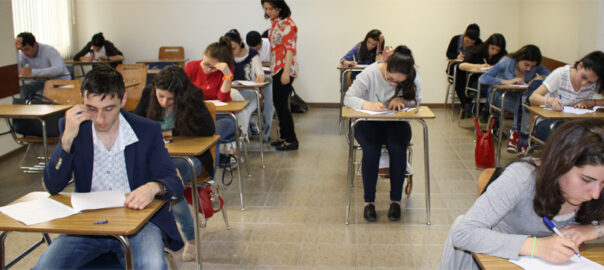
Right Use of Testing
Assessment is a valuable and necessary part of education. Used well, assessments can help teachers plan lessons appropriate to students’ levels, determine whether their teaching strategies are effective, and gauge students’ progress. Assessment results also provide parents, administrators, taxpayers, business leaders and governments insights into whether schools are achieving their goals.
The use of standardized tests in education is controversial. Opponents of standardized testing raise a variety of concerns. They worry about the time that students spend testing, arguing that that time would be better spent on instruction. They worry that tests are not fair, and that tests further disadvantage students from under-resourced environments. But perhaps the most prevalent concern is the belief that tests drive the curriculum in a way that limits learning, causing a focus on skills that are (relatively) easy to test. Some education experts believe school reform initiatives have caused the United States to go overboard, adopting a “culture of testing” with negative effects on students and schools.
Tests can be informative and constructive when they align with, rather than drive, the curriculum.
However, tests can be informative and constructive when they align with, rather than drive, the curriculum. As education scholar Diane Ravitch writes, “Educators can glean from test results what students have and have not learned. But there is a risk in putting too much faith in tests and the data they generate. The biggest risk is in forgetting that test scores are an indicator of the learning that has taken place and where improvement is needed, not the goal of education. When the indicator becomes the target, we lose sight of other, more important goals, such as the ability to understand and apply what is studied, to expand one’s knowledge, and to develop good character and ethical ideals.”
Education scholar John Hattie holds a similar view. He notes that although informing students of their progress and attainment is important, assessments should first and foremost “provide interpretative information to teachers and school leaders about their impact on students, so that these educators have the best information possible about what steps to take with instruction and how they need to change and adapt.”
Standardized Testing and College Admissions Decisions
The differing views on the use of standardized test scores in college admissions decisions highlight some of the complex issues related to equity in testing. The recent decisions of some selective colleges and universities to drop the requirement for applicants to take college entrance examinations such as the SAT or the ACT received significant attention. Some colleges made this decision during the COVID pandemic due to practical constraints and public safety concerns. Others have offered an equity rationale, suggesting that these tests disadvantage applicants from racial and ethnic minority groups. In fact, the evidence suggests that standardized test scores, used as one piece of information considered in college admittance decisions, can help to identify students from disadvantaged backgrounds who are likely to succeed in college. Scores on the SAT and ACT have been found to be better predictors of college success than high school grades, essays, and extra-curricular activities. When these scores are included as one factor in admissions decision, entering classes may be more diverse, and those who are accepted are more likely to succeed.
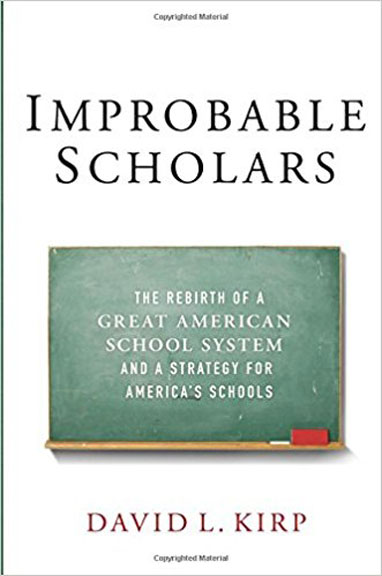
Improbable Scholars
The Rebirth of a Great American School System and a Strategy for America’s Schools
David L. Kirp
How do we determine if our schools are preparing students for a meaningful future in our society and improve the schools that are not living up to those standards? Explores the current crisis in American education and four districts that have made positive changes.
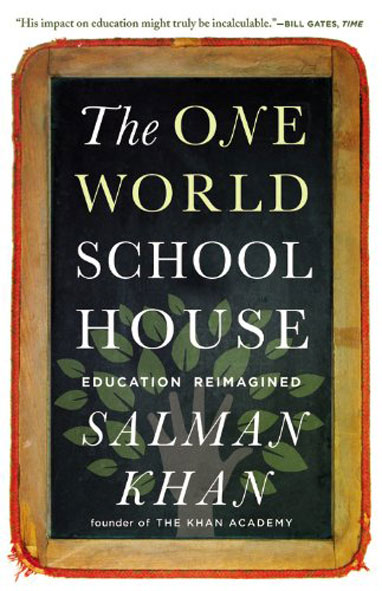
One World Schoolhouse
Education Reimagined
Salman Kahn
There may be a young girl in an African village with the potential to find a cancer cure. A fisherman’s son in New Guinea might have incredible insight into the health of the oceans. By combining the enlightened use of technology with the best teaching practices, we can foster students who are capable of self-directed learning, deep understanding of fundamentals, and creative approaches to real-world problems.
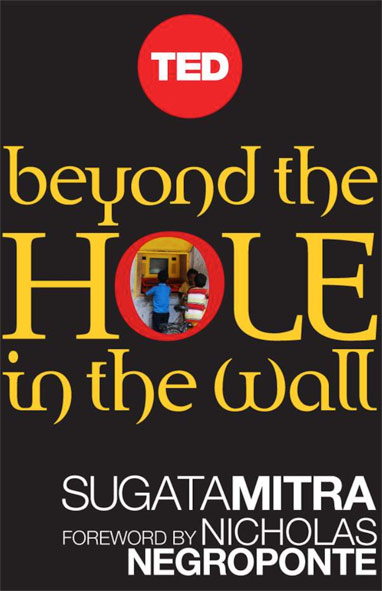
Beyond the Hole in the Wall
Discover the Power of Self-Organized Learning
Sugata Mitra
Sugata Mitra’s now famous experiments have shone light on the immense capacities that children have for learning in self-composed and self-regulated groups.
In the series: Education Yesterday and Today
Related articles:
Further Reading »
External Stories and Videos

Watch: China Is the Wrong Model
Yong Zhao, Network for Public Education National Conference
Yong Zhao’s lively address brings a thought-provoking perspective on comparing U.S. and Chinese student test scores as a way to evaluate our education systems.
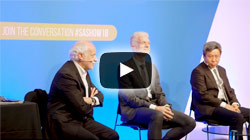
Watch: Experts Debate Merits of PISA
Yong Zhao & Andreas Schleicher, Schools & Academies Show Birmingham 2018
Education scholars Yong Zhao and Andreas Schleicher share their divergent views on the pros and cons of OECD’s international testing program.

The Other Segregation
Whitney Pirtle, The Atlantic
The public focuses its attention on divides between schools, while tracking has created separate and unequal education systems within single schools.
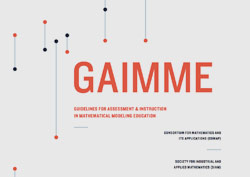
Math with Meaning
COMP & SIAM
Math educators provide helpful guidelines for transforming traditional math equations and problems in a way that gives students as early as pre-K the foundation to tackle open-ended, reality-based questions collaboratively—questions that they find meaningful and can enhance their future. (PDF)
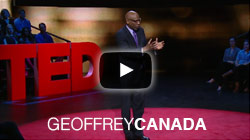
Watch: Our Failing Schools. Enough is Enough
Geoffrey Canada, TED
Why does our education system look the way it did 50 years ago? Millions of students were failing then, as they are now — and it’s because we’re clinging to a business model that clearly doesn’t work. Education advocate Geoffrey Canada dares the system to make systematic shifts in order to help greater numbers of kids excel.

Watch: Do Schools Kill Creativity?
Sir Ken Robinson, TED
Here the entertaining and profoundly moving case for creating an education system that nurtures (rather than undermines) creativity

Watch: Will Our Kids Be Ready for the World in 2050?
Dana Mortenson, TED
World Savvy founder Dana Mortenson explores how teaching and learning in the U.S. is changing, or should change, in our rapidly evolving, interconnected global society. Will our kids will be ready to compete in, and contribute to, a new reality?
